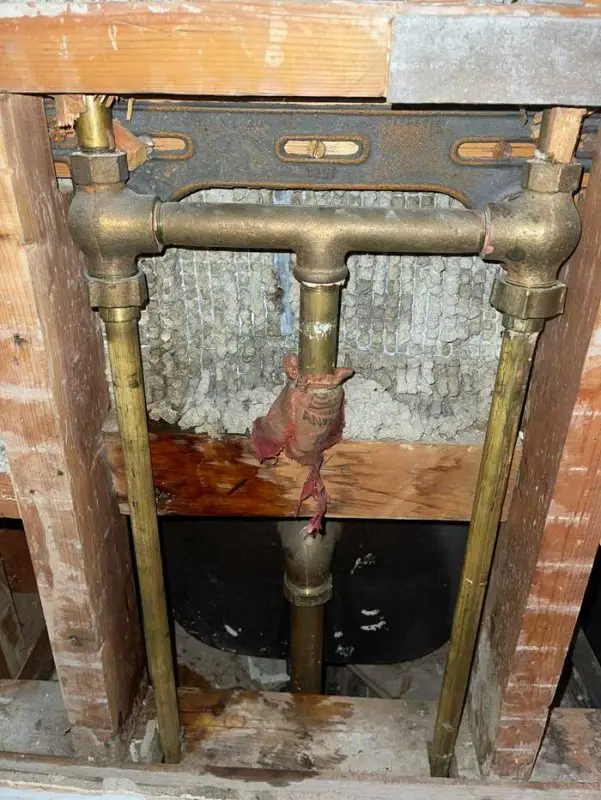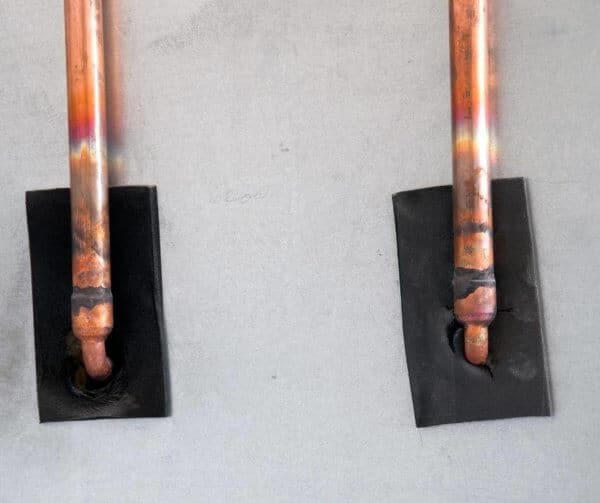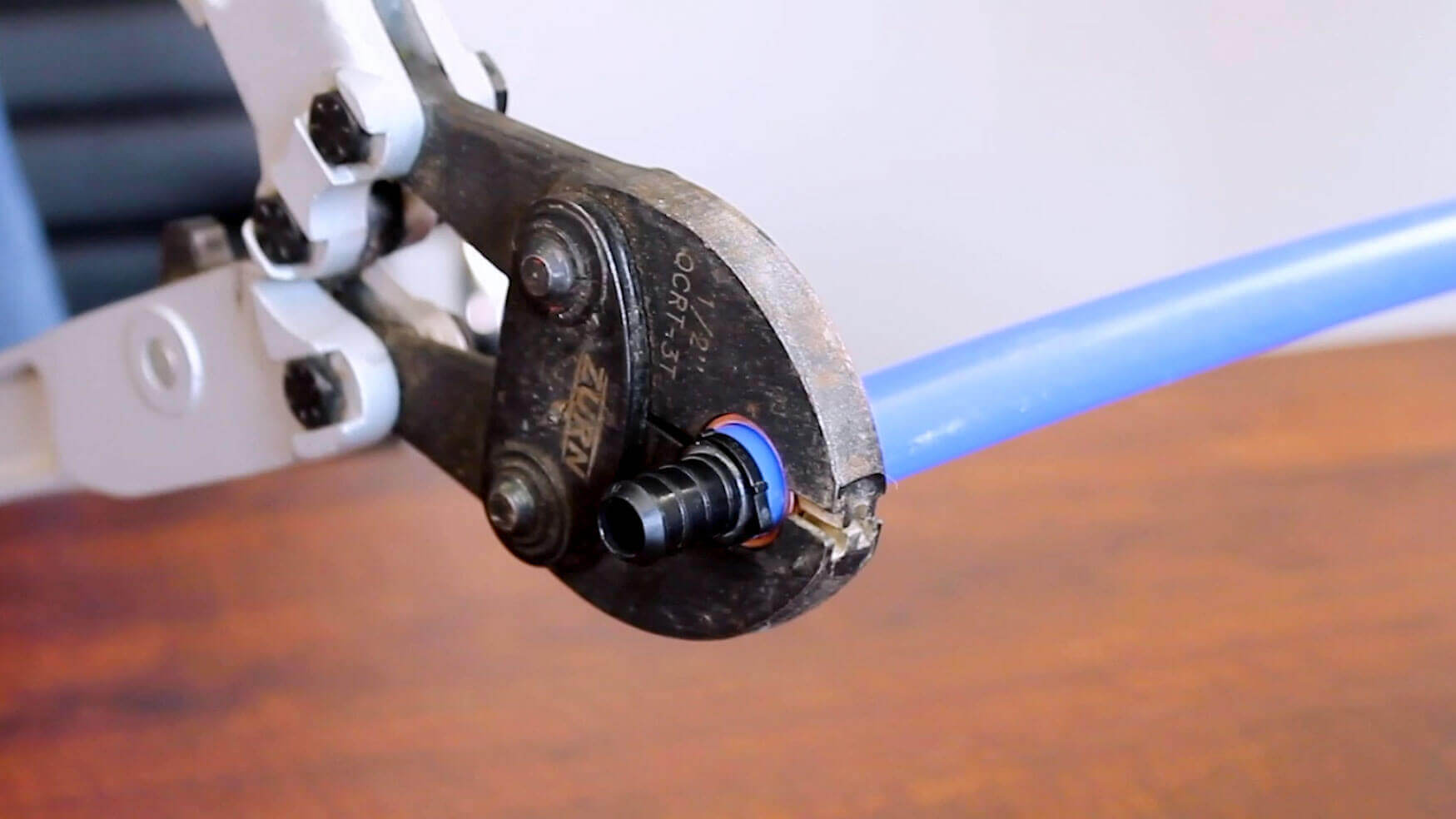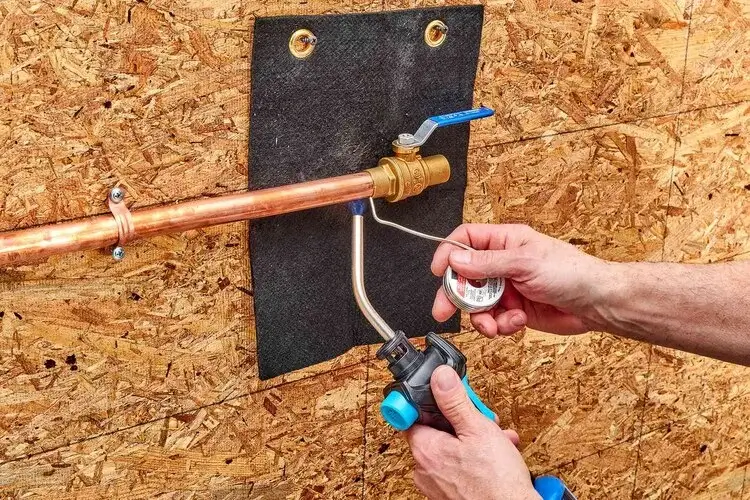Copper vs brass plumbing: which one is better for your project?
Choosing the right material for your plumbing pipes is a long-term decision you shouldn’t take lightly. Depending on the material you’re using, you could be living with the advantages and disadvantages of your choice for decades to come.
We’re going to do a deep dive on two very similar plumbing materials – brass and copper. What are the pros and cons of these materials, how are they different, and which one will be right for your home’s plumbing?
Copper vs Brass – Major Differences?

At first glance, you might think brass and copper pipes are the same material. Take a closer look and you’ll find there are some subtle differences between the two.
Firstly, their colour differs slightly. While brass is similar in colour to gold, copper takes more of an orange-red colour.
Copper and brass sound different if you knock them too. Copper is a softer metal than brass and so will produce a softer sound when knocked.
An easy way to tell if your plumbing pipes are made from brass or copper is to check if they have any markings on them. You will often find a number with a C at the front on copper piping. [1]
If none of that helps, then it’s time to call in a Metropolitan Plumbing.
An experienced plumber can spot the difference between a copper pipe and a brass pipe thanks to their years of experience.
Copper vs Brass – Pros and Cons
Brass and copper share a few advantageous similarities, including:
- More malleable and ductile than other metal pipes
- Resistant to corrosion
- Durable material
While both materials are malleable, brass is more malleable than copper. [2]
This makes it better suited to plumbing projects that require a lot of bending and joints. No special tools are required either.
One of the major pros brass has over copper is that it is much cheaper to buy. While copper pipes last between 20 and 50 years, though, a brass pipe will last you 80 to 100 years. That’s two to five times longer than copper!
Both brass and copper are resistant to corrosion, but that doesn’t mean they’re invincible to it. If your water’s pH is less than 6.5, meaning it is acidic, copper pipes can begin to corrode. [3]
Likewise, given the right conditions, brass pipes are also susceptible to corrosion. Brass is an alloy of copper and zinc and often contains other trace elements, and this can come into play with where you should use this material for your plumbing.
Where to Use Copper and Brass in Your Plumbing

The advantages of brass make it a good option for a few plumbing and gas applications, including:
- Water supply lines
- Gas lines
- Drains and lines for water removal
Despite how long-lasting a brass pipe might be, it is not preferred for carrying drinking water. This is because small amounts of lead have been found in brass metals. If brass corrodes, lead could potentially leak into the water which if drunk can lead to a whole range of negative health effects.
For this reason, copper should be reserved for the following applications:
- Hot and cold drinking water lines
- Refrigerant lines for HVAC systems
- Any application where a tight seal is required
- Underground service lines
There’s more than just brass and copper when it comes to materials for pipes and fittings though.
Related: Copper vs Platic Pipes
If Not Brass or Copper, then What?

There are many other materials available for your plumbing, including:
- PVC
- Stainless steel
- PEX
- Galvanised
- Cast iron
We’ll go into each of these so you can find out if they’re better for your home rather than brass and copper.
- PVC
Polyvinyl chloride (PVC) piping is the most common material found in residential homes. It is lightweight, durable, rigid, easy to cut and best of all, very cost-effective.
Because PVC is not metal, it is not susceptible to corroding and rusting as brass and copper would. It does, however, warp when heat is applied to it and so can’t be used for hot water. Long-term exposure to UV will also degrade it. There are few types of PVC pipes.
- Stainless steel
We all know and love stainless steel for how resistant to corrosion it is. That’s exactly what makes this material great in your plumbing system for areas especially vulnerable to corrosion and rust.
These are areas exposed to lots of moisture, salt and other corrosive agents in your water.
The problem with stainless steel plumbing? It can be quite costly to buy and so is only recommended wherever it is most necessary.
- PEX
Another material popular in residential homes is cross-linked polyethylene (PEX). These plastic pipes are thin and flexible, in direct contrast to PVC pipes. They’re easily woven into your home’s walls and floors.
Because of the flexible nature of PEX, this material is more resistant to burst pipes and leaks than other materials. Like PVC, however, UV and heat will degrade and warp PEX pipes. There are other PEX disadvangtes too.
- Galvanised pipes
Old, galvanised pipes are falling out of fashion now, with people favouring other materials for their plumbing. Galvanised pipes are typically made from steel or iron and often are coated in a layer of zinc to prevent rust.
- Cast Iron
Just like galvanised pipes, cast iron pipes have also been superseded by more modern materials. You’ll often find these in older homes as cast iron was one of the more durable options available at the time.
If you’re not sure whether your home’s plumbing should be copper, brass or something completely different, you need an expert plumber. Their years of industry experience mean they’ll know just what type of pipe and fittings will suit your home and budget.
Read Also: Why Is PEX Plumbing Bad
Conclusion
In conclusion, while brass is still used in modern homes for plumbing, its usage has become less common compared to other materials like copper, PVC, and PEX. Brass fittings and valves are still employed for their corrosion resistance, durability, and aesthetic appeal.
However, the increasing popularity of alternative materials has provided cost-effectiveness, ease of installation, and improved resistance to corrosion. Ultimately, the choice of plumbing materials depends on various factors such as building codes, budget, and personal preferences.
Read Next: How To Identify Polybutylene Pipes

Michael Davis is a heating & plumbing expert who currently works as independent contractor in SC. He also writes for Plumbertip.
For almost 10 years he worked on various plumbing tasks across South Carolina.




